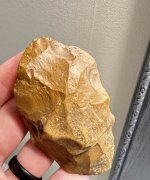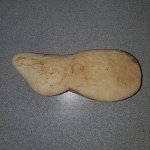Rmeav8r
Hero Member
- Nov 4, 2004
- 674
- 889
- Detector(s) used
- Minelab Equinox 800, Nokta Makro Simplex+, Nokta Pinpointer
- Primary Interest:
- All Treasure Hunting
Newbie relic hunter here, I?m going to hunt a 1840?s home site that I?ve been to twice before mainly just looking for non-iron items. I?m ready now to try and locate some iron type relics...what?s the best way to get off to a good start? I?ve hunted the area with park-1 and the horseshoe on most of the time there. Lots of small broken China and pottery fragments everywhere. There?s lots of iron signals so what?s the technique to dig the larger items and not get bogged down on nails and iron fragments?
Thanks!
Thanks!





